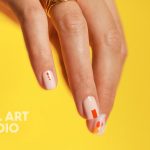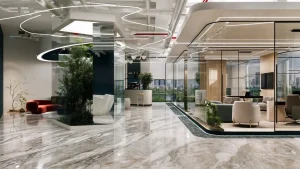
Which Materials Are Used In Architectural Model Making Projects?
Architectural models bring ideas to life. Before a building is real, it exists as a small version you can hold in your hands. These models help everyone see and understand the design.
The magic lies in the materials chosen to build these mini-structures. Each material has a special job in model making Dubai, helping to show different parts of the final building.
Paper and cardboard
These are the best friends for a first model. They are easy to find and simple to cut and glue. Paper is great for quick sketches and shapes. Cardboard is stronger, perfect for building initial walls and forms. This material lets architects test ideas quickly without a big cost.
Foam boards
For a clean and professional look, foam boards are a top pick. A foam core is sandwiched between two smooth pieces of paper. This makes the board stiff and easy to cut. It creates sharp, neat models. People use it for presentation models to show clients a clear vision of the building’s layout.
Wood
Wood brings strength and a beautiful feel to a model. Balsa wood is very soft and easy to shape with simple tools. Basswood is a bit harder and gives a finer finish. Wood is often used to show the final look of a building. It can represent structures like floors, walls, and beams with a warm, natural texture.
Polystyrene and plastics
These materials are all about creating smooth, detailed parts. Polystyrene is a stiff foam that can be cut and shaped into complex forms. Clear plastics are excellent for showing windows and glass features. These synthetic materials are durable. They help model makers produce precise and modern-looking elements.
3D printed resin
This is a modern method for model making. A computer design is sent to a printer. The printer then builds the model layer by layer using liquid resin. This process is fantastic for creating shapes that are difficult to make by hand. It allows for incredible detail and accuracy in the final model.
Metal and wire
Metal adds fine detail and strength. Thin wires can be bent to make tiny trees, railings, or light posts. Sheets of metal, like aluminum, can represent shiny surfaces or metal roofs. Using metal helps show how different materials will look together in the real building, adding a touch of realism.















